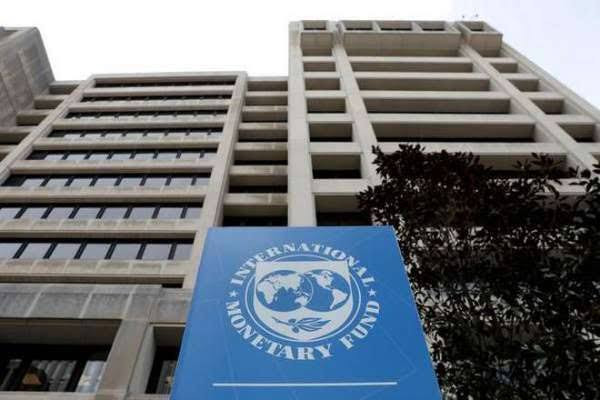The World Bank has slightly lifted its global growth outlook for 2024, driven by stronger-than-expected economic performance in the United States. However, the international financial institution warned that overall global output is projected to remain well below pre-pandemic levels through 2026.
In its latest Global Economic Prospects report, the World Bank forecasted that the global economy would stabilize at a growth rate of 2.6% in 2024, unchanged from the previous year. This marks an increase of 0.2 percentage points from the World Bank's January forecast, largely due to robust U.S. demand.
"In a sense, we see the runway for a soft landing," stated Ayhan Kose, the World Bank's Deputy Chief Economist, in an interview with Reuters. He noted that higher interest rates have managed to bring down inflation without causing major job losses or significant disruptions in major economies. "That's the good news. What is not good news is that we may be stuck in the slow lane," Kose added.
The World Bank projects global growth rates of 2.7% for both 2025 and 2026, a figure well below the pre-COVID-19 decade average of 3.1%. Persistent high interest rates are expected to constrain growth and increase debt pressure on emerging markets that have borrowed in U.S. dollars. The report highlighted that countries representing 80% of the world's population and GDP output would see weaker growth through 2026 compared to pre-pandemic levels.
"Prospects for the world's poorest economies are even more worrisome," said World Bank Chief Economist Indermit Gill. "They face punishing levels of debt service, constricting trade possibilities, and costly climate events," adding that these nations will continue to require international assistance.
The report also includes an alternative "higher-for-longer" interest rate scenario. In this scenario, persistent inflation in advanced economies keeps interest rates about 40 basis points above the baseline forecast, potentially cutting 2025 global growth to 2.4%.
U.S. Economic Performance Buoys Global Forecast
The U.S. economy's resilience has been a significant factor in the World Bank's upgraded outlook. Strong demand and higher inflation readings have delayed expectations for Federal Reserve rate cuts, allowing the U.S. economy to defy predictions of a downturn for a second consecutive year. The World Bank now forecasts U.S. growth at 2.5% for 2024, matching the pace of 2023 and up sharply from the January forecast of 1.6%.
Kose noted that the U.S. upgrade accounts for about 80% of the added global growth since the January forecast. The World Bank also upgraded China's 2024 growth forecast to 4.8% from 4.5%, driven by increased exports despite weak domestic demand. However, it predicts China's growth will slow to 4.1% in 2025 due to weak investment, consumer confidence, and ongoing property-sector issues. India's forecast was also revised upward to 6.6% from 6.4%, reflecting strong domestic demand.
In contrast, Japan's 2024 growth forecast was cut to 0.7% from 0.9% due to weak consumption growth and slowing exports. The 2024 eurozone forecast remained unchanged at 0.7%, as the region continues to grapple with high energy costs and weaker industrial output.
Geopolitical and Economic Risks Loom Large
The World Bank report underscored several significant risks to the global outlook, including the potential spillovers from ongoing conflicts in Gaza and Ukraine. A wider war in the Middle East could disrupt shipping and increase oil prices and inflation, while uncertainty surrounding Russia's invasion of Ukraine could further impact oil and grain markets and choke investment in neighboring countries.
Increasing trade restrictions driven by geopolitical rivalries also pose a threat to the recovery of global trade volume growth. The World Bank forecast a rebound to 2.5% in 2024, up from 2.3% in January, but rising protectionism and industrial policies could reduce investment into emerging markets and developing countries.
The World Bank also cautioned that a deeper downturn in China could significantly hamper growth, especially for commodity exporters and trade-intensive economies. However, the report highlighted a potential upside if the U.S. continues to exceed expectations, boosting global growth with lower inflation. Improved productivity, enhanced supply chains, and easing commodity prices could prompt central banks to cut interest rates more quickly, further supporting global economic growth.






